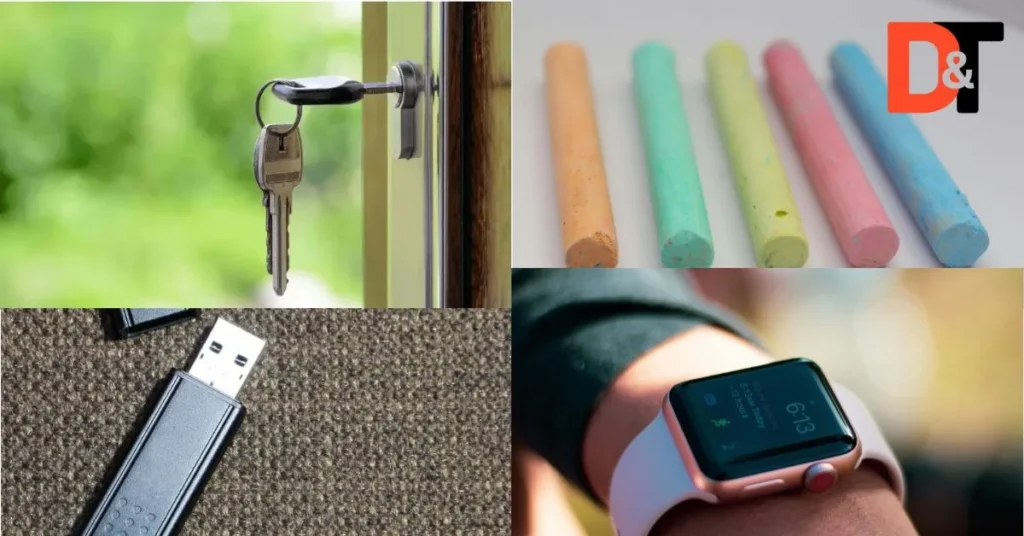Understanding the length of 5 centimeters can be surprisingly practical in everyday life. At just about 2 inches, 5 cm is the perfect reference point for many small yet significant objects we use regularly. This guide dives deep into relatable measurement references and common items around 5 cm in length to help you visualize, estimate, and even measure this dimension.
What Does 5 Centimeters Look Like?
To start, let’s clarify how 5 centimeters (cm) translates into other units of measurement:
| Unit | Length | Approximation |
|---|---|---|
| Centimeter | 5 cm | 50 mm / 1.97 inches |
| Millimeter | 50 mm | Same as 5 cm |
| Inches | 1.97 inches | Slightly less than 2 inches |
| Meter | 0.05 meters | Half of a decimeter |
A 5 cm comparison is roughly equal to the width of three fingers, the size of a small snack, or a compact device. In practical terms, this dimension is small but incredibly useful for visualizing size and estimating everyday items.
Everyday Objects That Measure 5 Centimeters
1. Two American Dollar Coins

A single American dollar coin has a diameter of about 2.54 cm. When you place two coins side by side, their combined length is approximately 5 cm.
Why Coins Are Perfect for Measuring
Coins are easily accessible and standardized in size, making them an excellent tool for quick and reliable measurements. For instance:
- Comparison accuracy: Coins’ uniform dimensions make them ideal for estimating small lengths.
- Versatility: They fit snugly in your pocket, making them portable measurement aids.
Fun Fact: The thickness of an American dollar coin is 2 mm, which can also be a useful detail for very precise measurements.
2. A Standard USB Stick
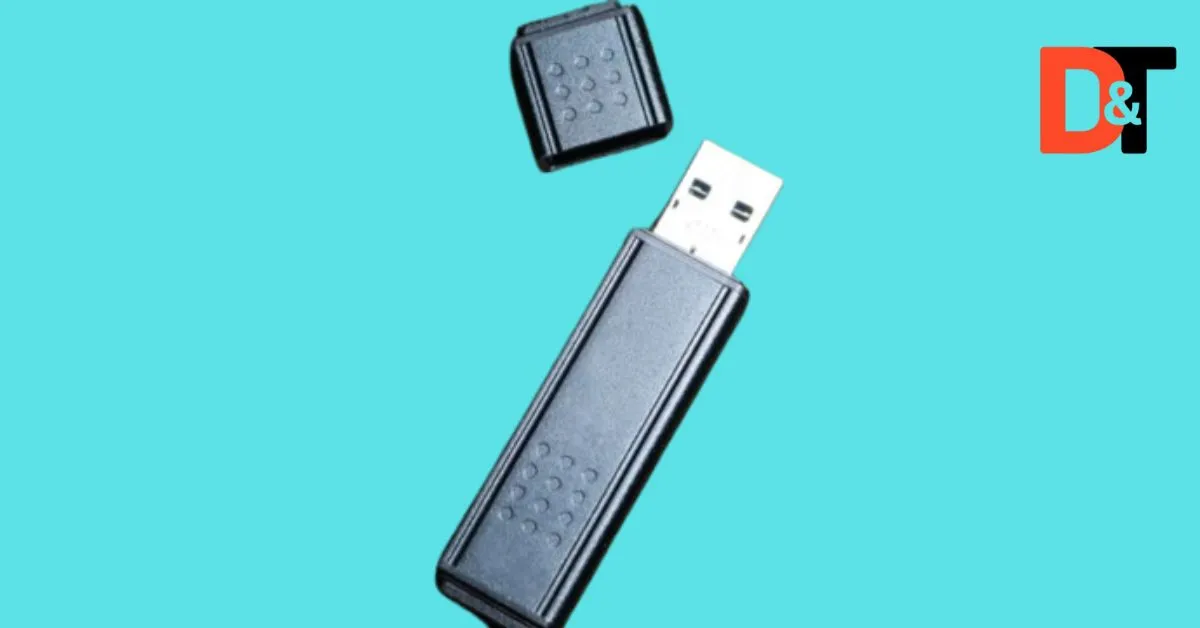
The standard USB drive is often around 5 centimeters long, although its exact size can vary slightly depending on the brand and design.
Utility of USB Sticks
USB drives are ubiquitous, used for everything from storing documents to sharing music. Their compact design is a perfect example of practicality and functionality in everyday technology.
Key Takeaways:
- USB sticks are small yet essential tools in a digital world.
- Their size and portability make them a great measurement reference for other compact objects.
3. A Piece of Chalk

A piece of chalk, especially the kind used in classrooms or art studios, typically measures 5 cm when new.
Why Chalk Matters
Chalk has been a cornerstone of education and creativity for centuries. Its dimensions make it easy to grip and use. As you use it for writing or drawing, the chalk shrinks, but a fresh piece usually fits the 5 cm dimensions example.
Interesting Note: Chalk’s composition—calcium carbonate—makes it soft, which is why it’s so easy to break into smaller segments.
4. Index Finger
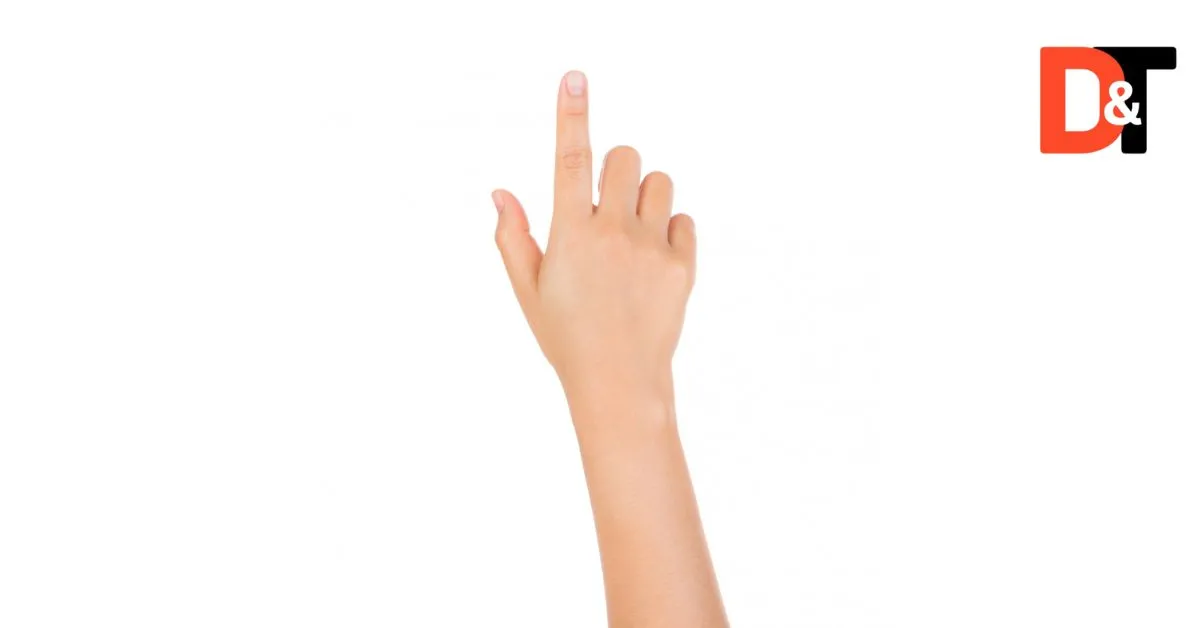
The width of an average adult’s index finger, measured across the middle and proximal parts, is about 5 centimeters. This makes it an easy and accessible tool for estimating length.
Using Your Hand for Measurements
Your hands are always with you, making them a convenient way to gauge sizes. While hand measurements aren’t as precise as a ruler, they’re close enough for most everyday needs.
Tips for Accuracy:
- Measure your finger with a ruler to get a baseline for better visualizing size.
- Use it as a quick comparison for small objects 5 cm long.
5. Large Paperclip
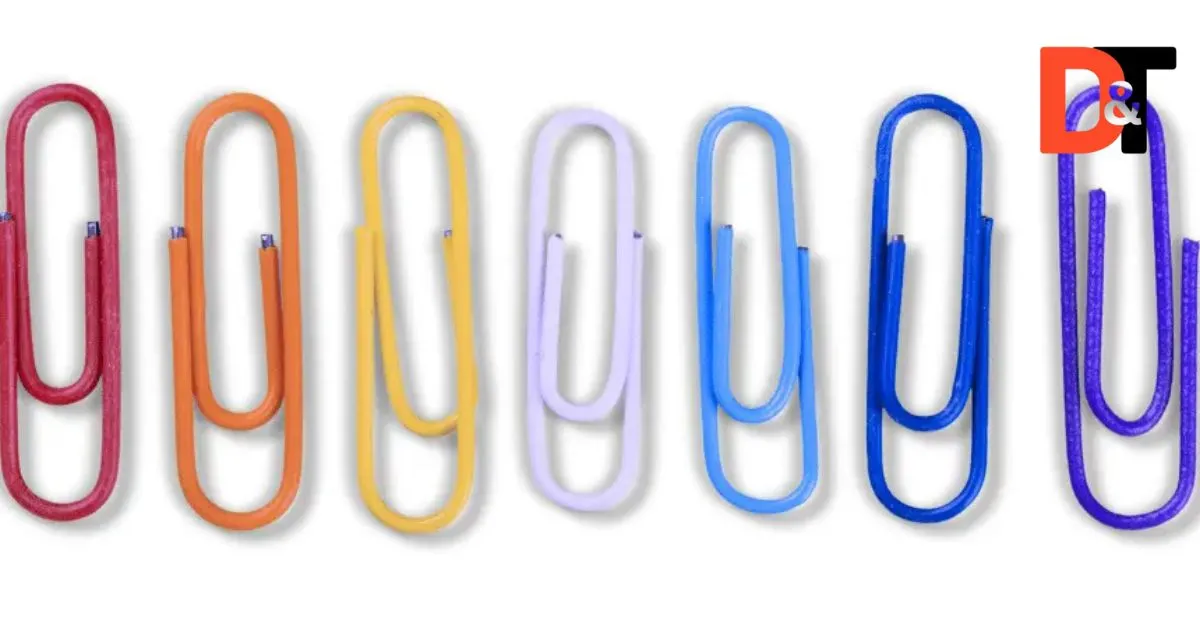
A large paperclip is another example of a common item measuring 5 centimeters in length.
Why Paperclips Are Handy (Literally)
Paperclips are not just for organizing documents; they’re also excellent for quick size estimates. Their uniform shape and standardized sizes make them reliable for everyday measurements.
Practical Uses:
- Compare the length of a paperclip to other items.
- Keep a few in your desk or wallet as impromptu measuring tools.
6. Credit Card Height
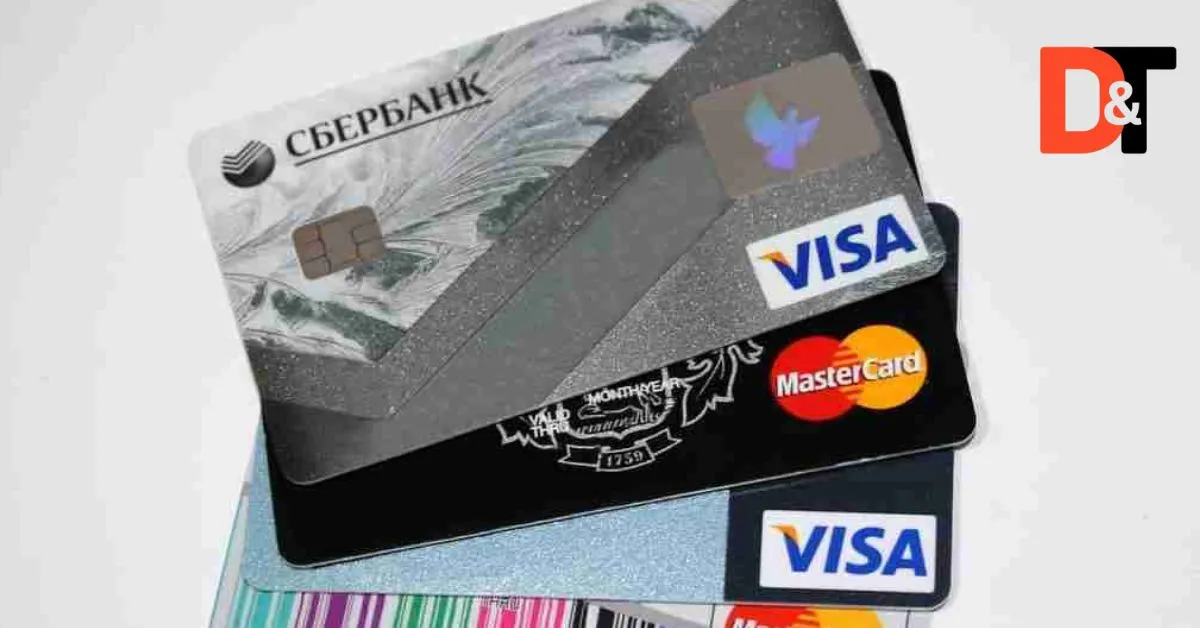
The height of a credit card or debit card is around 5.4 centimeters, slightly exceeding 5 cm, but close enough to use as a comparison.
The Universality of Credit Cards
Credit cards follow the ID-1 size standard, meaning they have consistent dimensions worldwide. This makes them an excellent reference for estimating sizes when you don’t have a ruler handy.
A standard credit card follows the ID-1 specifications outlined in the International Standard ISO/IEC 7810. Its dimensions are 3.37 x 2.125 x 0.0625 inches. These measurements apply not only to credit cards but also to debit cards, ATM cards, national IDs, and driver licenses.
Here’s a detailed breakdown of credit card dimensions across various measurement units:
| Measurement Unit | Width | Height | Thickness | Corner Radius |
|---|---|---|---|---|
| Inch | 3.37 in | 2.125 in | 0.0625 in | 0.125 in |
| Centimeter (cm) | 8.56 cm | 5.39 cm | 0.159 cm | 0.318 cm |
| Millimeter (mm) | 85.6 mm | 53.98 mm | 1.588 mm | 3.18 mm |
| Pixels (72 DPI) | 242.64 px | 153 px | 4.5 px | 9 px |
| Pixels (300 DPI) | 1011 px | 637.5 px | 18.75 px | 37.5 px |
This standardized sizing ensures compatibility across card readers and wallets while maintaining ease of use.
Applications:
- Use the height of your card to visualize 5 cm long objects.
- Lay it flat to measure smaller items with a margin of error.
7. Belt Buckles

Minimalist belt buckles often measure around 5 centimeters in width. This is particularly true for narrower belts designed for formal attire.
Function Meets Fashion
Belt buckles are not only functional but also aesthetic. Their dimensions vary depending on the style, but many modern designs stick to compact sizes that hover around the 5 cm comparison.
Interesting Note: Vintage belt buckles may be larger, while modern minimalist designs prioritize subtlety and precision.
8. Two Almonds

Placing two almonds side by side gives you a length of approximately 5 cm.
Small but Significant
Almonds are not just healthy snacks; they’re also a perfect natural reference for small measurements. Their standard size makes them ideal for examples of 5 cm items.
Did You Know? A single almond contains around 6 calories and is a powerhouse of nutrition.
9. Smartwatch Screen
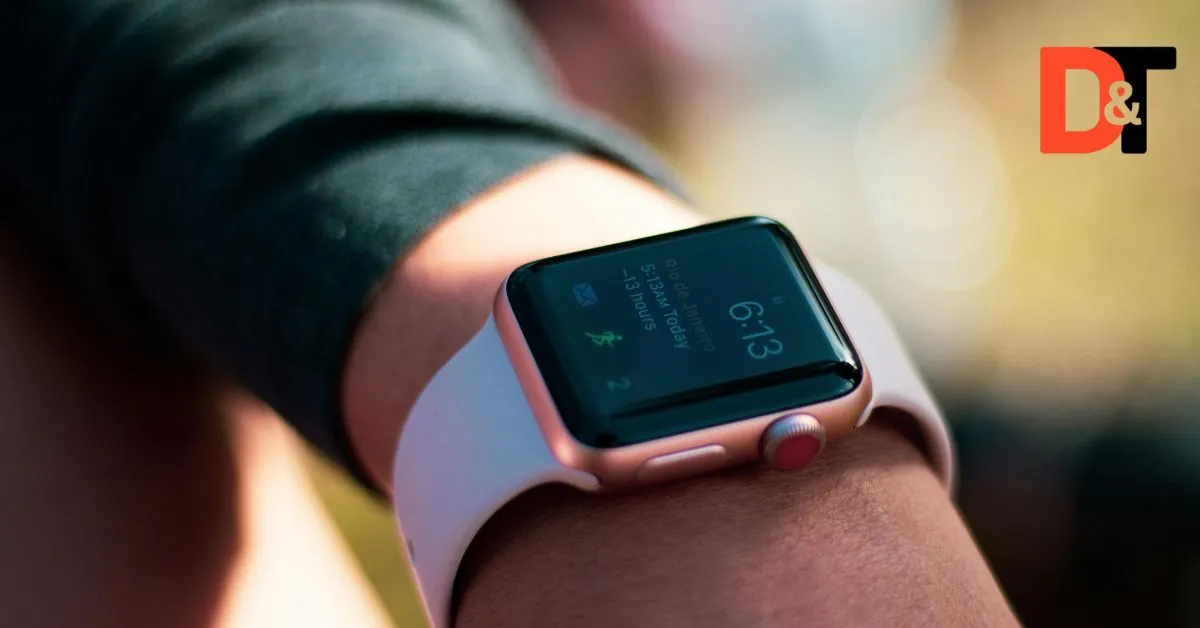
The diagonal of many smartwatch screens, including popular models like the Apple Watch Ultra, typically measures close to 5 cm. Moreover, this compact size ensures both readability and portability, making it ideal for everyday wear.
Why This Size Works for Wearable Tech
A 5 cm screen size strikes a balance between readability and portability. It’s large enough for notifications and small enough to fit comfortably on your wrist.
Popular Models:
- Apple Watch Ultra
- Fitbit Sense
- Samsung Galaxy Watch
10. Chess Piece

In standard chess sets, pieces like pawns or rooks often measure 5 cm in height.
A Symbol of Strategy and Art
Chess pieces are not just functional but also symbolic, representing centuries of strategic thought. Their regulated sizes make them perfect for tournaments and home games alike.
Fascinating Fact: The Staunton chess set, the standard for competitive play, follows strict size guidelines to ensure uniformity.
11. A Key

Most house keys or car keys measure about 5 cm in length, making them one of the most accessible 5 cm dimensions examples.
Keys: The Everyday Essential
Keys are indispensable in daily life, used for locking doors, starting cars, and more. Their compact size and durability make them both practical and portable.
Tip: Keys are great for quick comparisons, especially when measuring small items in centimeters.
12. Pen Cap
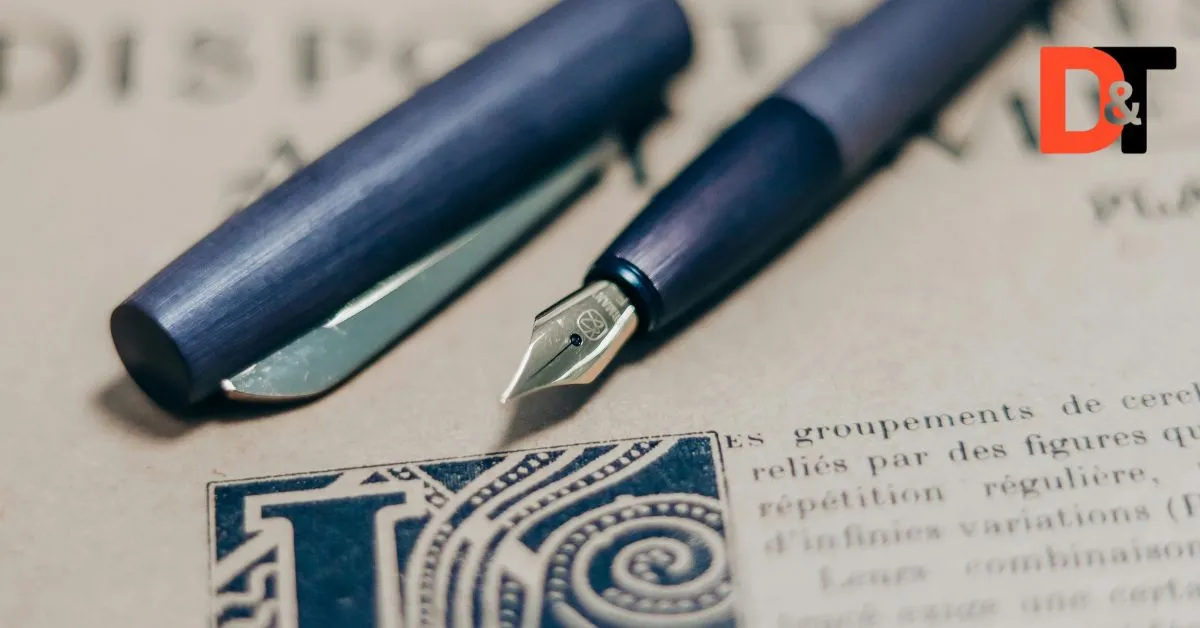
The cap of a standard ballpoint pen is typically 5 centimeters long.
Why Pen Caps Matter
Pen caps protect the ink tip from drying out and prevent accidental marks. Their small size makes them convenient for portable writing tools.
Interesting Fact: Some pen caps are designed with small holes at the top to prevent choking hazards.
13. Upholstery Needle
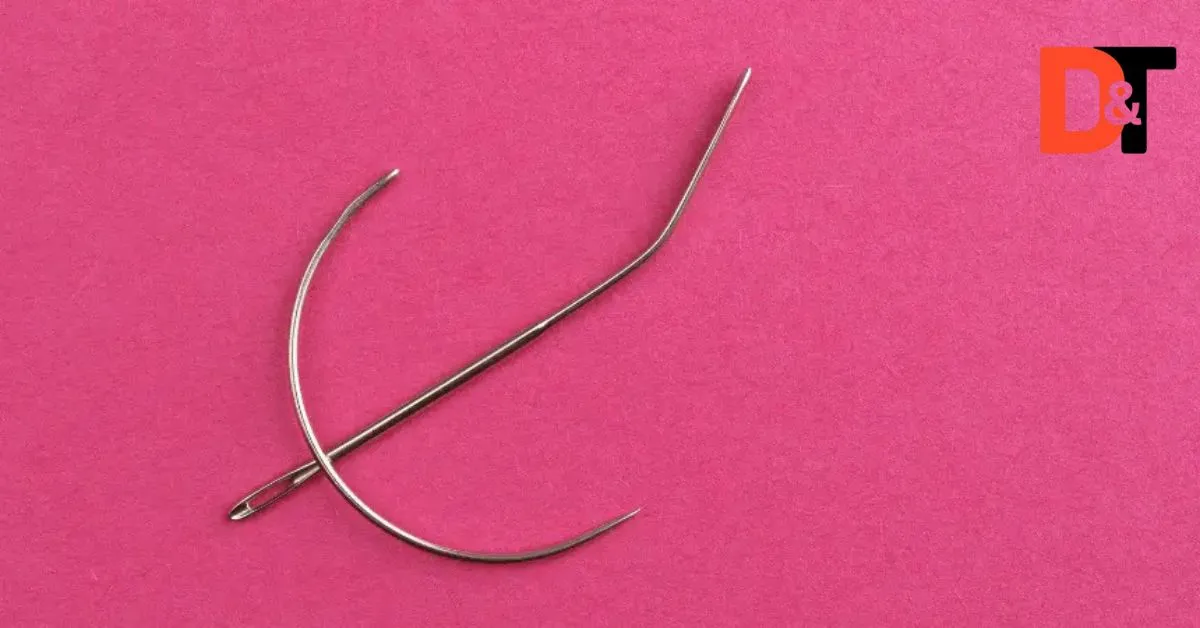
An upholstery needle, commonly used in sewing and knitting, measures 5 cm long.
The Craftsperson’s Tool
These needles are essential for heavy-duty stitching, allowing crafters to work with thick fabrics like leather and canvas. Their specific length ensures precision and durability.
Craft Tip: Always store needles safely to avoid accidents and maintain their sharpness.
Conclusion
Everyday objects measuring 5 centimeters highlight the practicality of this small yet versatile dimension. From the height of a credit card to the diagonal of a smartwatch screen, these items blend convenience with functionality. Recognizing these dimensions helps in visualizing sizes and understanding measurements in real-life contexts.
Whether it’s a pen cap, a chess piece, or a large paperclip, these small wonders have a larger role in our daily lives than we often realize. By relating these familiar objects to the length of 5 centimeters, we can better grasp the utility and importance of such measurements in crafts, technology, and everyday tasks. Remember, even the smallest dimensions can carry significant value!

James Anderson is a seasoned blogger and a key contributor to Dimensions and Trends. With years of experience in crafting engaging and insightful content, James specializes in delivering well-researched articles about dimensions, trending news, and technology. His expertise ensures that readers receive valuable, accurate, and up-to-date information tailored to their interests.

